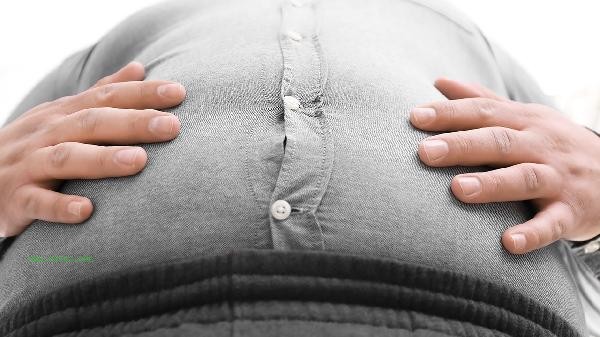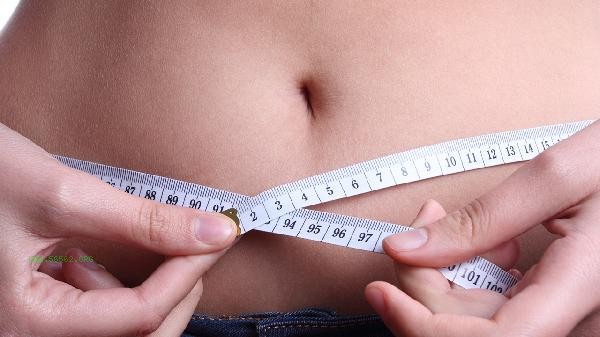The three meals a day for scientific weight loss should follow the principles of low calorie, high nutrition, and regular eating. Breakfast should focus on protein and dietary fiber, lunch should be balanced, and dinner should control carbohydrate intake. The main methods include choosing whole grains and high-quality protein for breakfast, increasing the ratio of vegetables to lean meat for lunch, reducing refined carbohydrates for dinner, controlling total calories throughout the day, and avoiding high sugar and high-fat snacks.

1. Breakfast matching:
It is recommended to take 300-400 kcal for breakfast, provide high-quality protein with boiled eggs, sugar free soybean milk or low-fat milk, and match with slow carbon staple foods such as oatmeal and whole wheat bread to slow hunger. Add vegetables such as spinach and tomatoes to supplement dietary fiber, and a small amount of nuts can be added to supplement healthy fat. Avoid high sugar and high fat foods such as deep-fried dough sticks and cakes, and prevent fast fluctuation of blood sugar from causing overeating.
2. Lunch structure:
Lunch should ensure 400-500 calories, using the 211 plate rule: 2 portions of green leafy vegetables such as broccoli or lettuce, 1 portion of compound carbohydrates such as brown rice or sweet potatoes, and 1 portion of low-fat protein such as chicken breast or steamed fish. The main cooking method is steaming and stewing, with less emphasis on braising and frying. It can be paired with mushrooms or seaweed to increase satiety and avoid consuming high calorie side dishes such as thick soup and fatty meat.
3. Dinner control:

For dinner, it is recommended to consume less than 300 calories and choose easily digestible proteins such as tofu and shrimp, paired with low-carbon water vegetables such as broccoli and asparagus. The staple food can be half root corn or 50g coarse grain Congee, avoiding refined carbon water such as white rice and noodles. Eat no later than 19:00 and take a walk after meals to promote digestion. When hungry at night, you can drink sugar free Greek yogurt or a small amount of cucumber.
4. Calorie Management:
Adult women should control their total daily calories at 1200-1500 calories, and men should control their total calories at 1500-1800 calories. Use food scales and apps to accurately record and avoid hidden calories such as salad dressings and fruit juice drinks. The recommended ratio of the three major nutrients is 20-30% protein, 25-35% fat, and 40-50% carbohydrates. One deceptive meal can be arranged per week to prevent metabolic adaptation, but the frequency and portion size need to be controlled.
5. Additional Meal Options:
When hungry between meals, you can choose a healthy additional meal of up to 100 calories, such as 10 almonds, 1 boiled egg, or 200 grams of low sugar fruit strawberries/blueberries. Avoid refined snacks such as biscuits and potato chips. Choose sugar free yogurt with Kia seeds or instant chicken breast meatballs. Additional meal times are recommended at 10am or 3pm, with a minimum interval of 2 hours between each meal.

Weight loss diet should be combined with aerobic exercise for at least 30 minutes per day, brisk walking, swimming, and strength training twice a week. Use olive oil instead of animal oil when cooking, and drink at least 2000 milliliters of water per day. Maintain a long-term habit of keeping dietary records and adjust the diet once a month to avoid single nutrition. When experiencing abnormal symptoms such as dizziness and amenorrhea, seek medical attention promptly and do not blindly go on extreme dieting. It is recommended to undergo body fat percentage testing every 3 months to scientifically evaluate the effectiveness of weight loss.



Comments (0)
Leave a Comment
No comments yet
Be the first to share your thoughts!